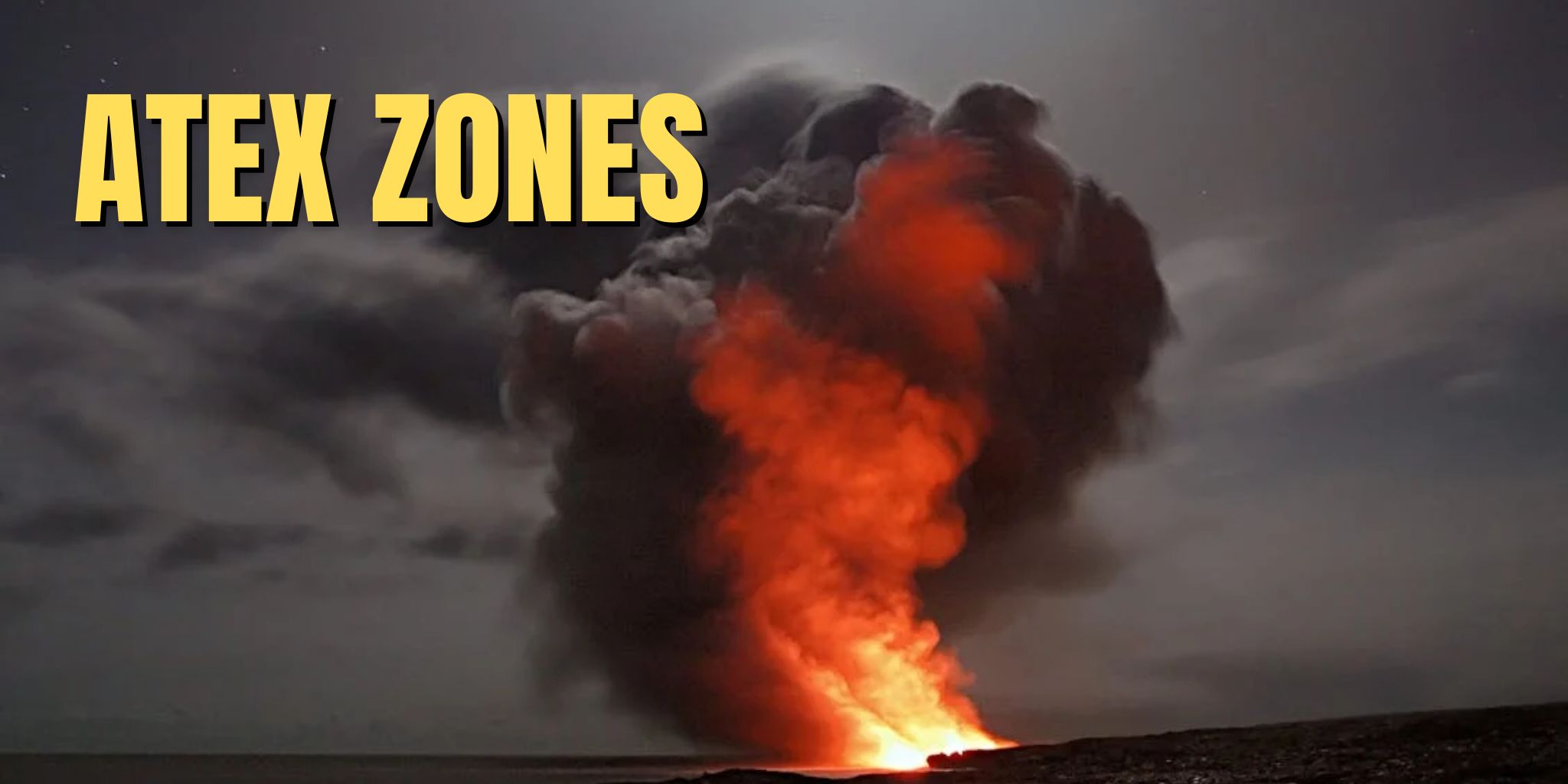ATEX zones are standardized based on their level of hazard, with higher levels indicating greater risks and stricter regulations.
The zones are classified as follows:
- ATEX Zone 1: High risk of explosive gas or vapor
- ATEX Zone 2: Medium risk of explosive gas or vapor
- ATEX Zone 21: High risk of explosive powder or dust
- ATEX Zone 22: Hazardous dust environments
ATEX atmospheres can occur in many industrial activities, such as: Chemical industry, Power plants, Landfills, Food processing factories, and Metallurgical industries.
Equipment for operation in hazardous areas must comply with the requirements of ATEX 2014/34/EU Directive. Equipment is built to a level of protection known as an ATEX category which matches the risk.
For example, equipment in Category 2 is designed for use in Zone 1 (gases) or Zone 21 (dusts) and provides a high level of protection. Equipment in Category 3 is suitable for Zone 2 (gases) or Zone 22 (dusts), where explosion protection is necessary during normal operation.
Before a workplace containing zoned areas comes into operation for the first time, the employer must ensure that the overall explosion safety measures are confirmed as being safe. This must be done by a person or organization competent to consider the particular risks in the workplace.
In most cases, flying drones over ATEX sites would not be recommended due to safety concerns. ATEX sites are locations where explosive atmospheres may be present, such as in factories handling flammable gases, vapors, liquids, or combustible dusts.
Drones could potentially ignite these hazardous materials if they malfunction or crash, posing a significant risk of explosion or fire. Additionally, regulations and safety protocols often restrict or prohibit the use of drones in such sensitive areas to prevent accidents and ensure compliance with safety standards.
It's essential to adhere to local regulations, safety guidelines, and obtain necessary permissions or permits before operating drones near ATEX sites or any other potentially hazardous locations and maybe not fly over the ATEX site - even if the airspace is unrestricted.




